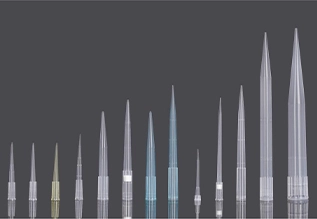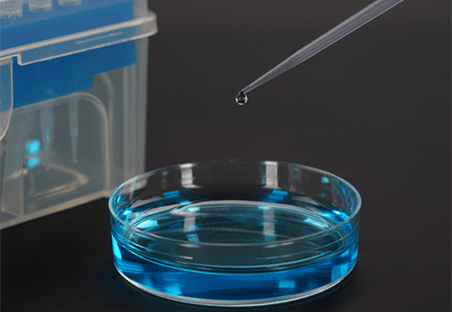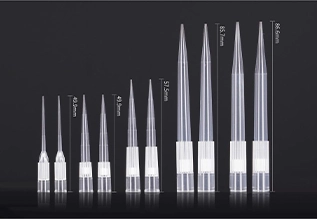Pipette tips are tiny, disposable syringes used in scientific research and laboratory settings to accurately transfer small volumes of liquids. Pipette tips help to ensure accurate volume measurements, reducing errors and reagent waste. They allow for the rapid and convenient transfer of liquids, streamlining workflows and saving time. Disposable tips reduce cross-contamination between samples and protect the pipette from contamination. Filter pipette tips have all the advantages of regular tips, plus built-in filters that prevent aerosols, contaminants, and particulates from entering the pipette shaft. Pipette tips are essential tools for precise and efficient liquid handling, and filter tips provide an extra layer of protection for both instruments and samples, making them an excellent choice for a variety of laboratory applications. How can I know if the filter pipette tips are compatible with my specific pipette?

Key Factors That Influence Compatibility
Factor 1: Pipette Brand and Model
Different pipette brands and models have subtle differences in tip cone geometry, such as shape, size, and internal diameter. These minor variations can affect how securely the filter tip fits. A loose fit allows for leaks, inaccurate dispensing, and contamination, whereas an overly tight fit can damage the tip or pipette cone. While the majority of pipettes and filter tips are made of polypropylene, the plastic compound and additives used may differ slightly. Some pipettes may be incompatible with filter tips containing specific additives due to chemical interactions or material degradation. This could compromise the tip’s integrity and sample purity. Using manufacturer-recommended tips or compatibility tools tailored to your specific brand and model reduces the risk of leaks, inaccurate volumes, contamination, and pipette damage, protecting both your samples and pipetting accuracy.
Factor 2: Tip Design
Different pipettes use different mechanisms to ensure a tight seal between the tip and the cone. Some use friction, while others have locking tabs or grooves. For best results, filter tips should be designed to interact with your pipette’s specific sealing mechanism. Pipetting with incompatible mechanisms can lead to leakage, inaccurate dispensing, and even tip ejection.
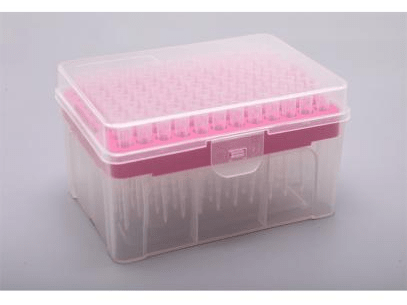
Factor 3: Material Composition
For a secure seal, the tip plastic must be compatible with the pipette cone material. Incompatible materials can cause leaks, reducing accuracy and possibly contaminating the pipette internals. Different plastic types have varying elasticity and surface properties, necessitating precise matching for a tight seal. Pipettes use various mechanisms for tip ejection, which frequently rely on friction or specific grooves on the tip. The tip plastic properties, such as stiffness and surface texture, must be compatible with the ejection mechanism to ensure smooth and easy removal. Incompatible materials can cause difficulty ejecting tips or even damage to the pipette cone. The filter material’s porosity and composition have a direct impact on its ability to block aerosols and contaminants. Using a filter with an incompatible pore size or material for your pipette and application may result in inadequate protection.
Factor 4: Technical Specifications
- Pipette Accuracy: Pipettes are calibrated for specific volume ranges, and using tips outside of that range can compromise accuracy. For instance, using a 10-200 µL tip on a pipette calibrated for 100-1000 µL may result in under-dispensing.
- Tip Filling and Ejection: Tips designed for specific volumes may fail to fill or eject properly when used with another pipette. This can result in incomplete transfers, leaks, and even tip detachment.
- Filter Efficiency: The filter’s pore size determines the size of particles it can block. Using a tip with a pore size that is too large for your application may not adequately protect your pipette against contamination. In contrast, a small pore size can restrict flow and impair pipetting performance.
Different Methods for Determining Compatibility
Method 1: Consulting Manufacturer Recommendations and Manuals
Manufacturers have the most accurate and up-to-date information on their pipettes and compatible filter tip options. They rigorously test and validate compatible tip designs to ensure the best performance and safety. Manuals typically cover technical specifications such as volume ranges, pore sizes, and material compatibility, which are critical for ensuring proper fit and function. Manufacturers frequently provide specific guidelines for what factors to consider when selecting compatible tips. Manufacturers put safety first and provide clear instructions for using compatible filter tips to avoid contamination, leakage, or malfunction. Choosing tips based on their recommendations ensures safe and consistent pipetting techniques.
Method 2: Contacting Customer Support for Assistance
Customer service representatives are well-versed in the brands and models of pipettes and tips they work with. They can quickly determine if a specific filter tip is compatible with your pipette, even if it is not explicitly listed in compatibility charts or online tools. They can explain technical specifications and their relevance to specific applications and pipette models. This can be especially useful when dealing with unique requirements or niche setups. You can receive personalized recommendations tailored to your situation by providing information about your pipette model, workflow, and desired filter tip features. This significantly reduces the risk of selecting incompatible tips, saving you time and frustration. If you encounter any compatibility issues while using filter tips, customer service can help you troubleshoot. They can assist in determining the source of the problem and suggesting potential solutions, such as alternative tips or changes to your technique.
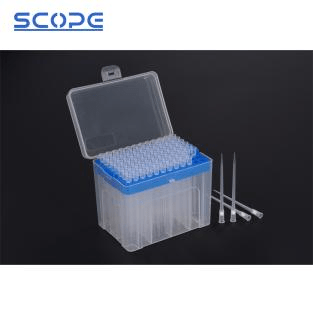
Method 3: Performing a Visual and Functional Test With Your Specific Pipette
Advantages:
- Direct confirmation: It allows you to directly observe how the tip interacts with your particular pipette, providing instant visual and functional confirmation of compatibility.
- No reliance on external resources: This method is useful when manufacturer information is unavailable or online tools do not support your specific model.
- Flexibility for niche situations: It is useful for determining compatibility with nonstandard pipettes or modified tips.
Important Cautions:
- Safety first: Always prioritize safety. When handling potentially infectious liquids, exercise caution and wear appropriate personal protective equipment.
- Limited scope: This test confirms only the immediate physical fit and basic functionality. It does not necessarily ensure long-term performance or accuracy.
- Potential damage: Improperly fitted tips or testing with incompatible liquids can harm your pipette.

Recommended approach:
- Gather information: If possible, use manufacturer recommendations or online tools to find compatible tips.
- Visual inspection: Before testing, visually compare the tip with your current pipette tip to ensure size, shape, and sealing mechanism are comparable.
- Dry test: Attach the tip carefully to the pipette without liquid. Check for a secure fit, proper ejection mechanism engagement, and any visible obstructions.
Conclusion
Using incompatible tips can significantly reduce the accuracy and precision of your pipetting. Tips that do not fit properly or have the incorrect volume range can result in incomplete transfers, air bubbles, and inaccurate dispensing. Inaccurate pipetting can disrupt your entire experiment, wasting time and resources and potentially leading to incorrect results. Ensuring compatibility between filter pipette tips and your specific pipette is critical for accurate and dependable pipetting, protecting your pipette from damage, and optimizing your lab workflow.
